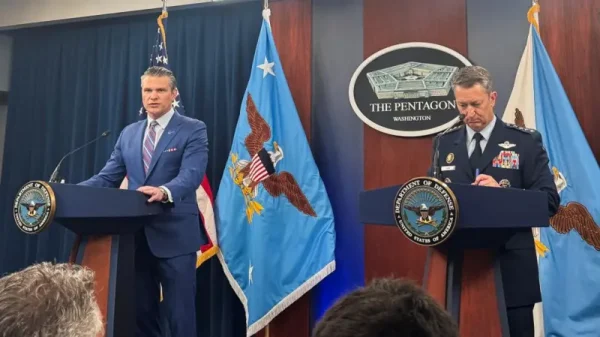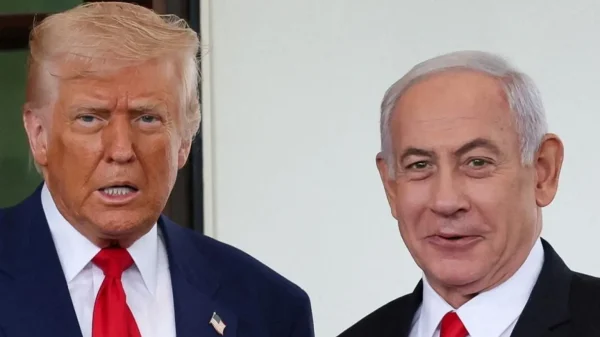Hegseth says US strikes on Iran were ‘historically successful’ after ayatollah downplays impact
- Update Time : Thursday, June 26, 2025
- 334 Time View

No surprises there then: the Pentagon briefing we have just watched is directly at odds with the claims made by Iran’s Supreme Leader Ayatollah Ali Khamenei earlier today.
The US, said Iran’s leader, who has only just emerged from hiding, had “failed to achieve anything significant” in its attacks on Iran’s key nuclear facilities. Yet those attacks, specifically the one on the most important site at Fordo, were “a historic success” according to the US Defence Secretary, destroying or “obliterating” Iran’s nuclear programme.
They can’t both be right.
So let’s break this down. Did those six massive US bunker-busting bombs, the GBU-57s, all hit their targets in the mountain at Fordo? Yes.
Were they the culmination of years of painstaking study by the Pentagon on how best to attack Iran’s deeply buried uranium enrichment programme? Yes. Did they choose the best line of attack – the ventilation shafts – then detonate at the right depth to achieve maximum effect? Yes.
But that’s not the whole story.
We simply don’t know, beyond conjecture, what state those centrifuges are in, down there in that subterranean hall, because neither US nor UN inspectors have been down there. Crucially, we don’t know where the missing 408kg of highly enriched uranium (HEU) has gone to.
And we don’t know – because this was a Pentagon briefing, not an intelligence assessment – how much of a nuclear knowledge base Iran retains that could soon, potentially be applied to restarting its programme in secret.
So in short, from a purely tactical point of view, the B2 pilots who flew that extraordinary 37 hour mission to drop those 13-tonne bunker-busting bombs fulfilled their mission to the letter.
But when it comes to the question of whether Iran’s suspected nuclear programme has actually been destroyed (as the US claims), or merely set back, the jury is still very much still out.





Leave a Reply